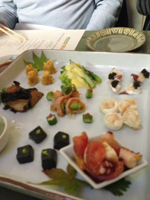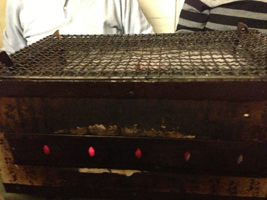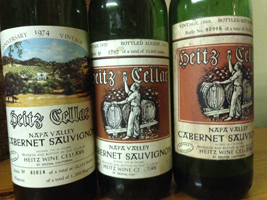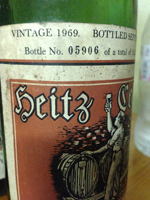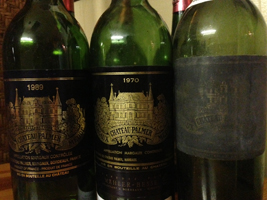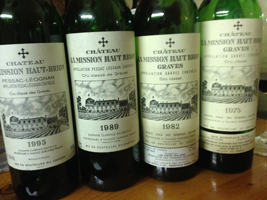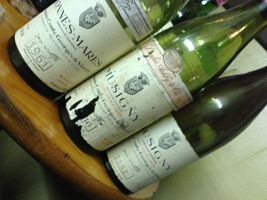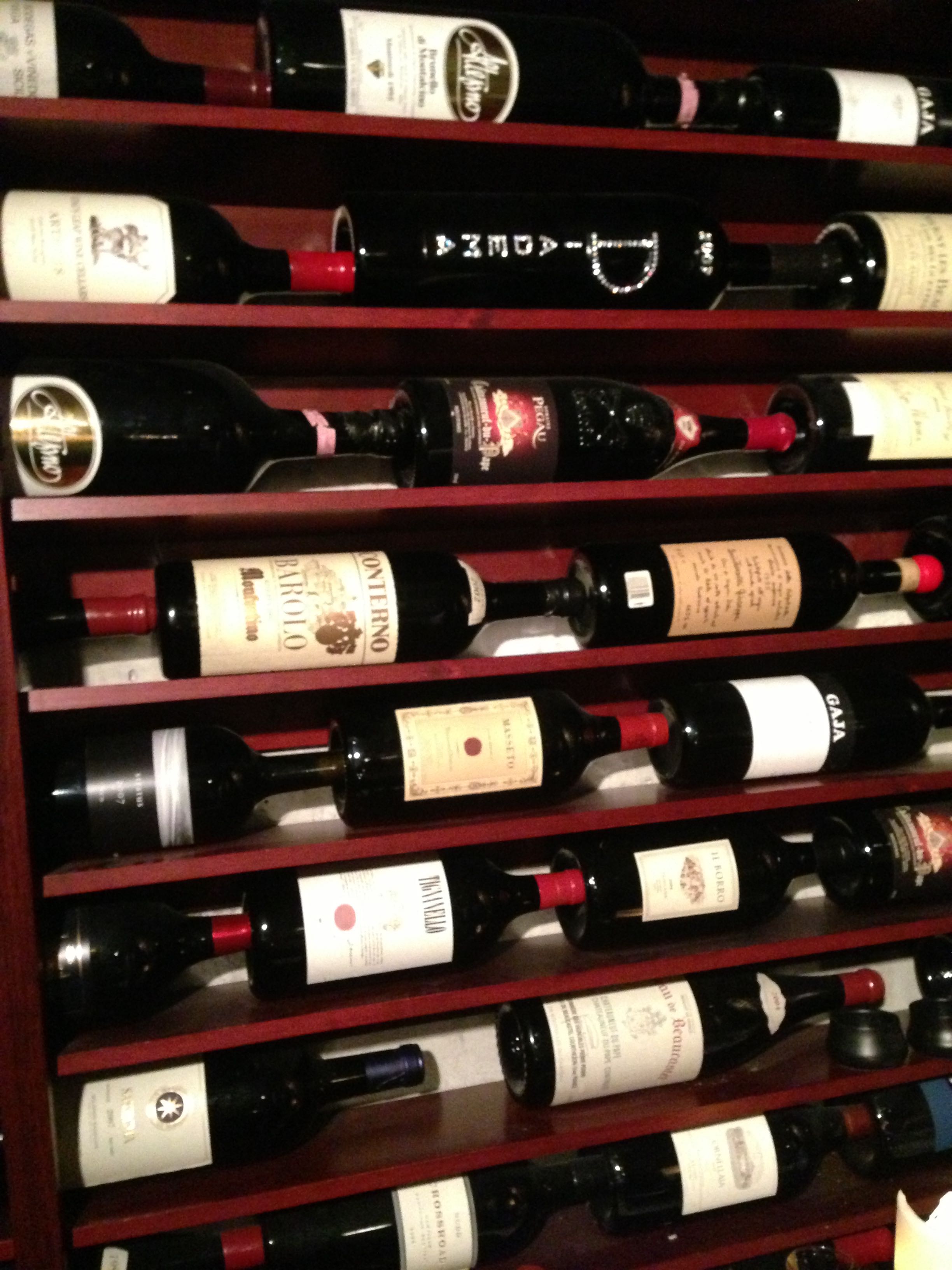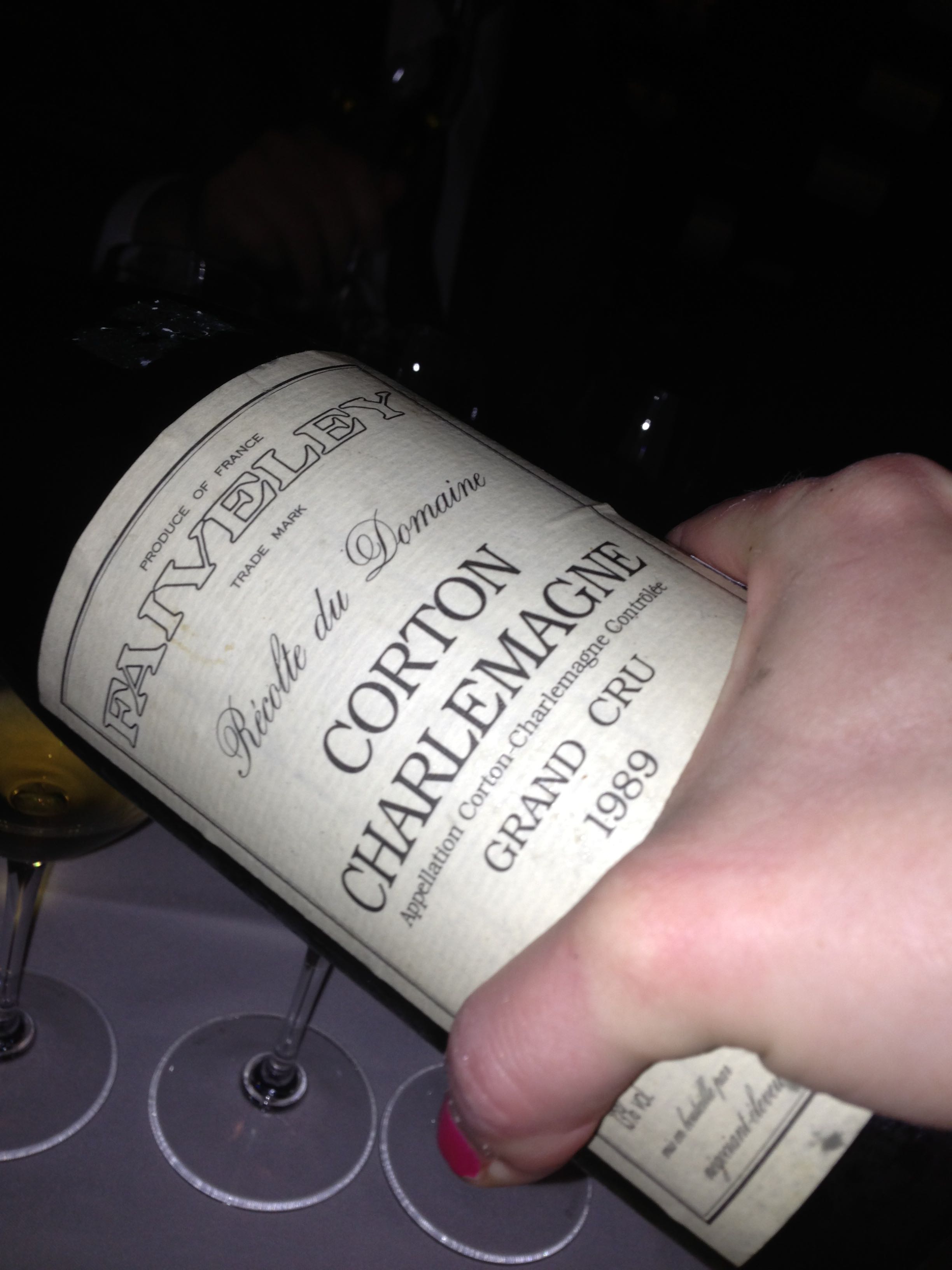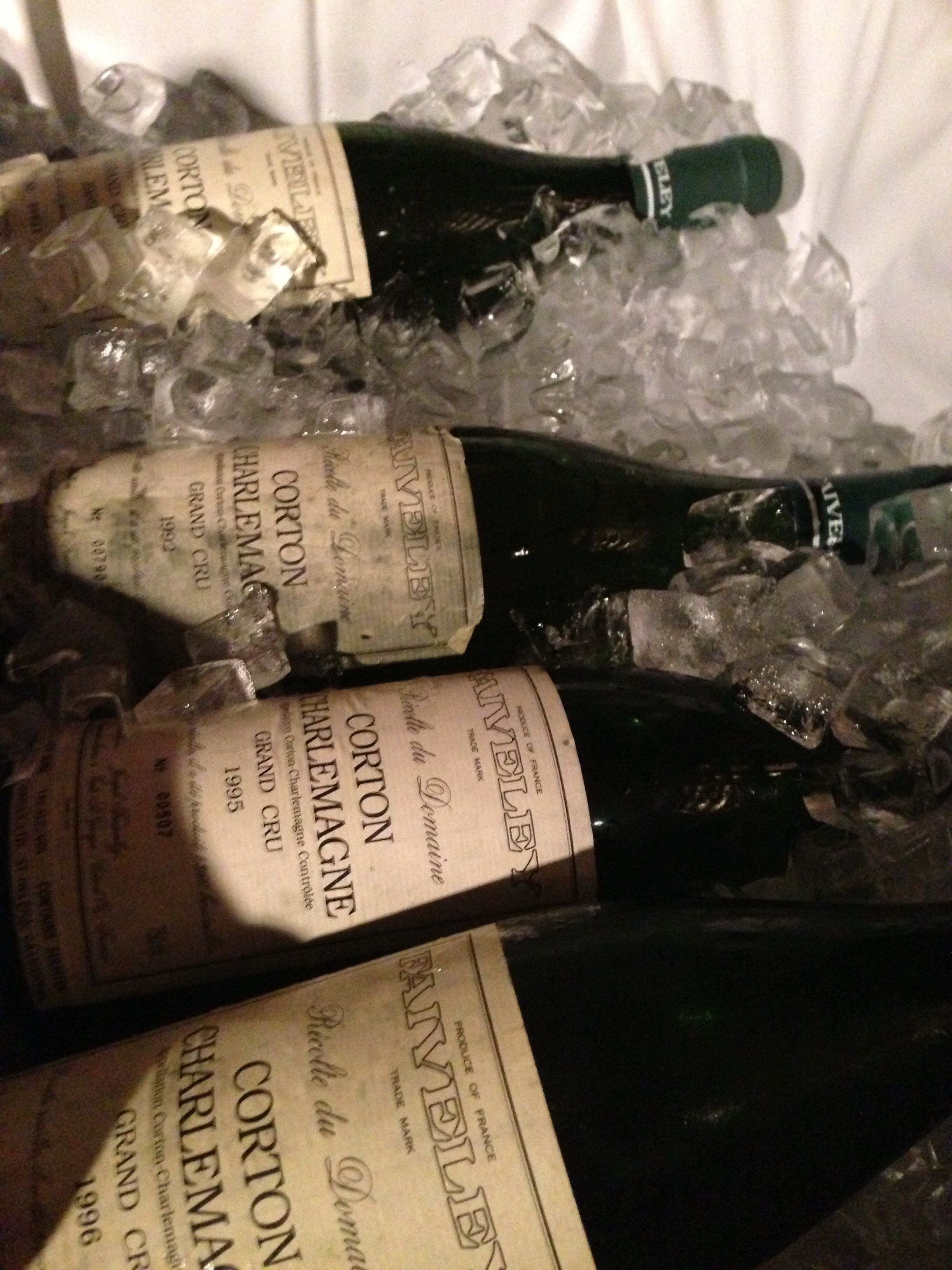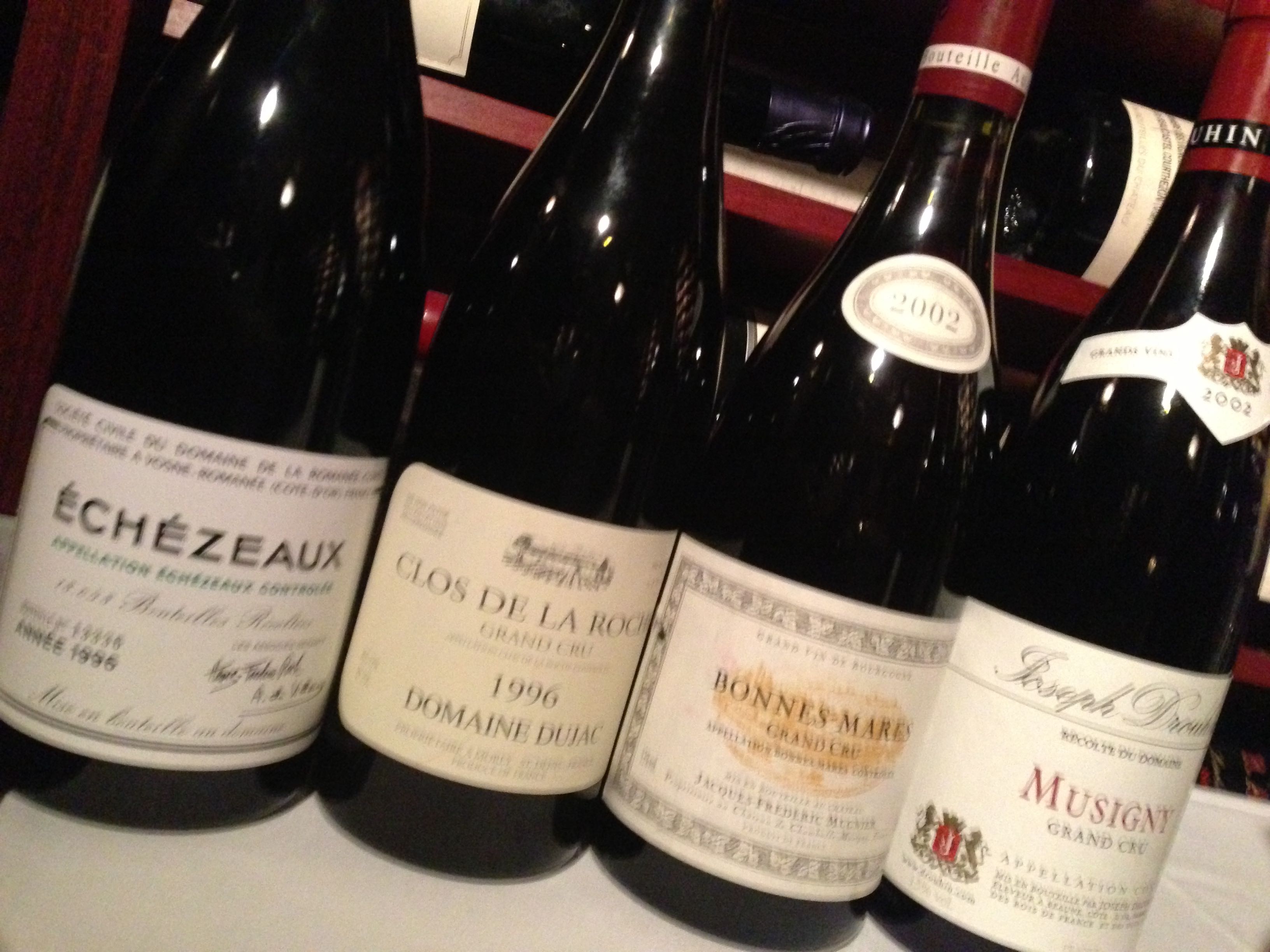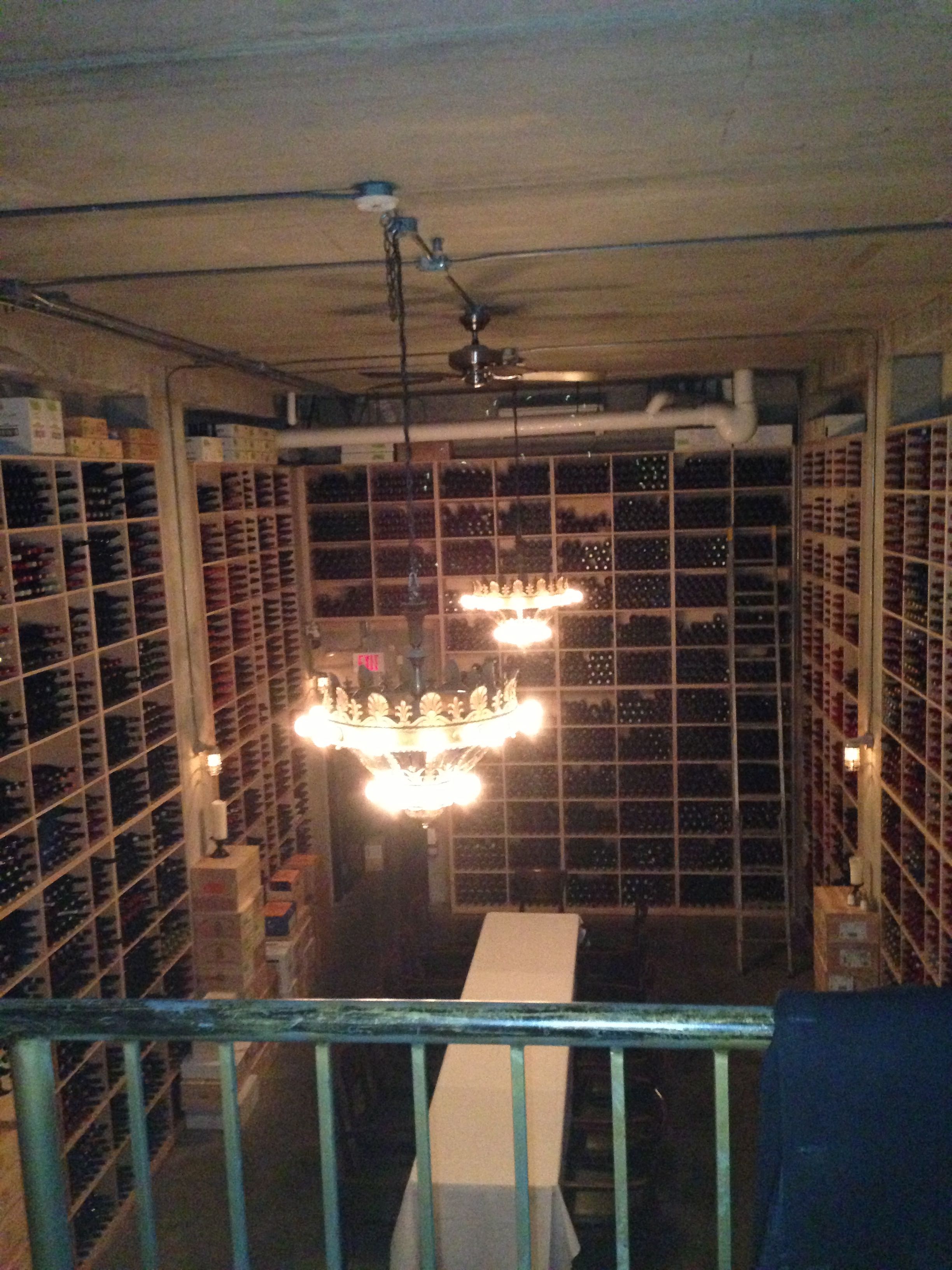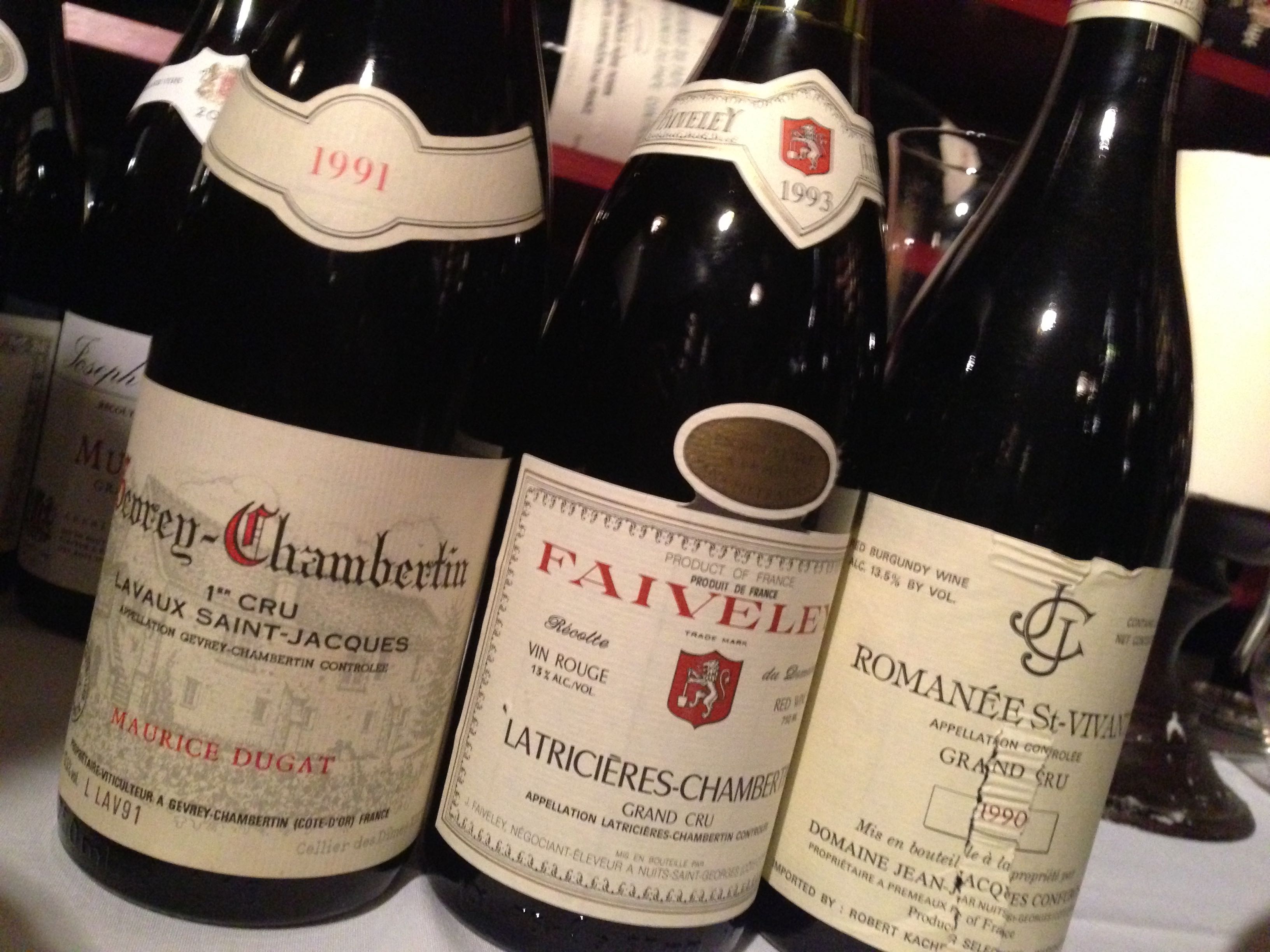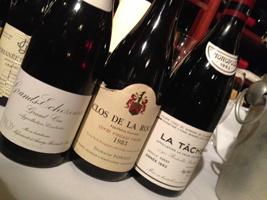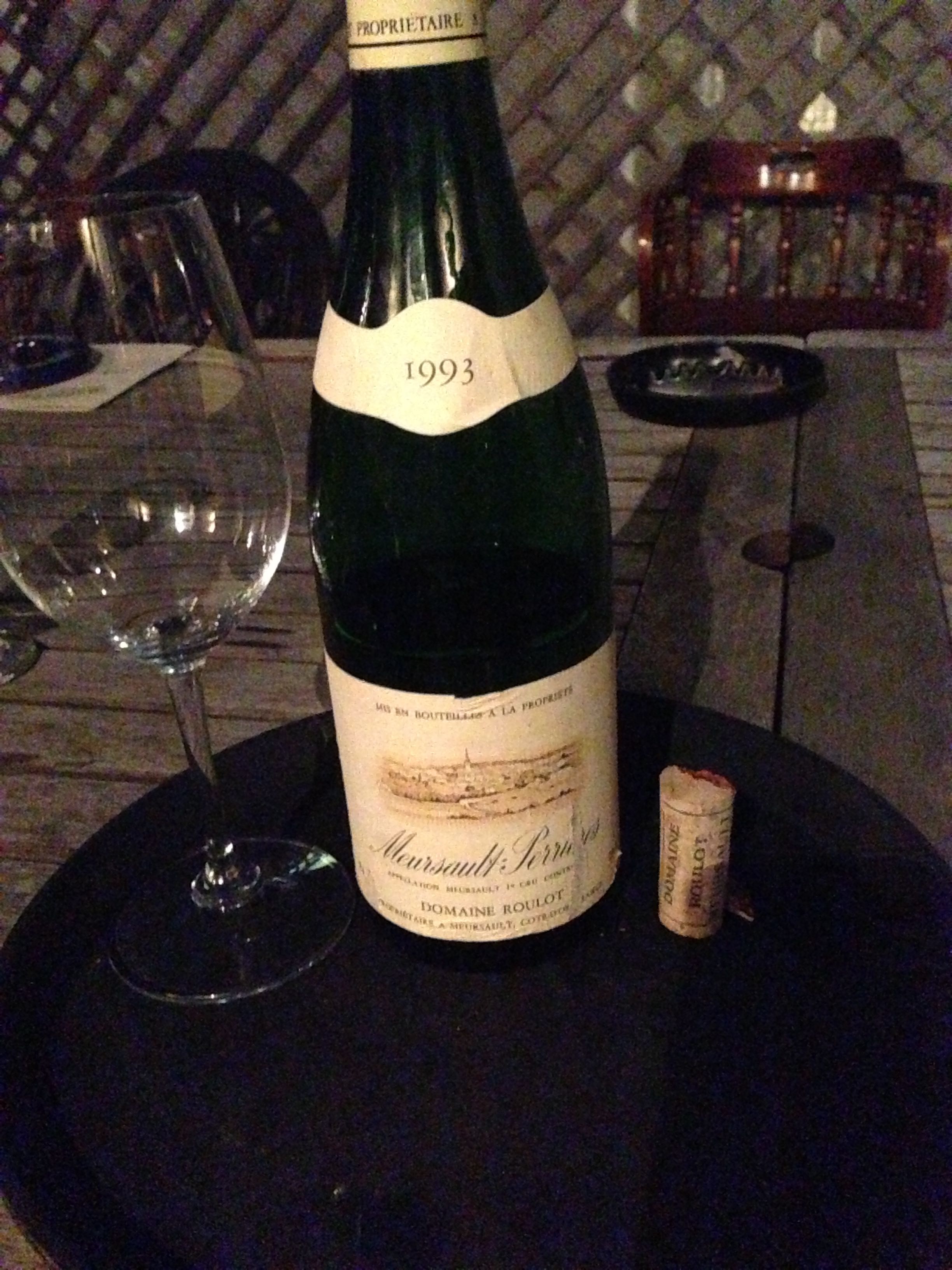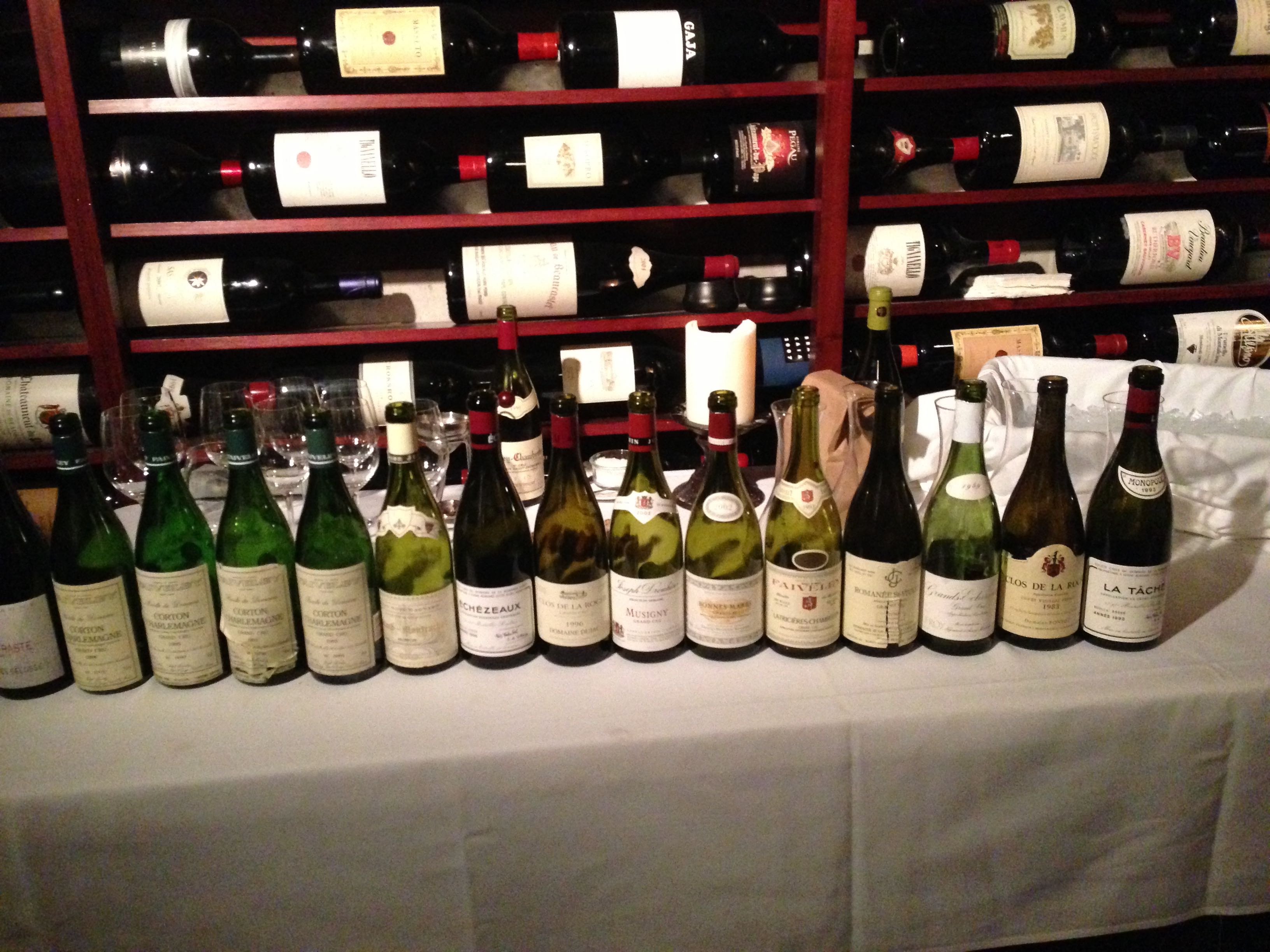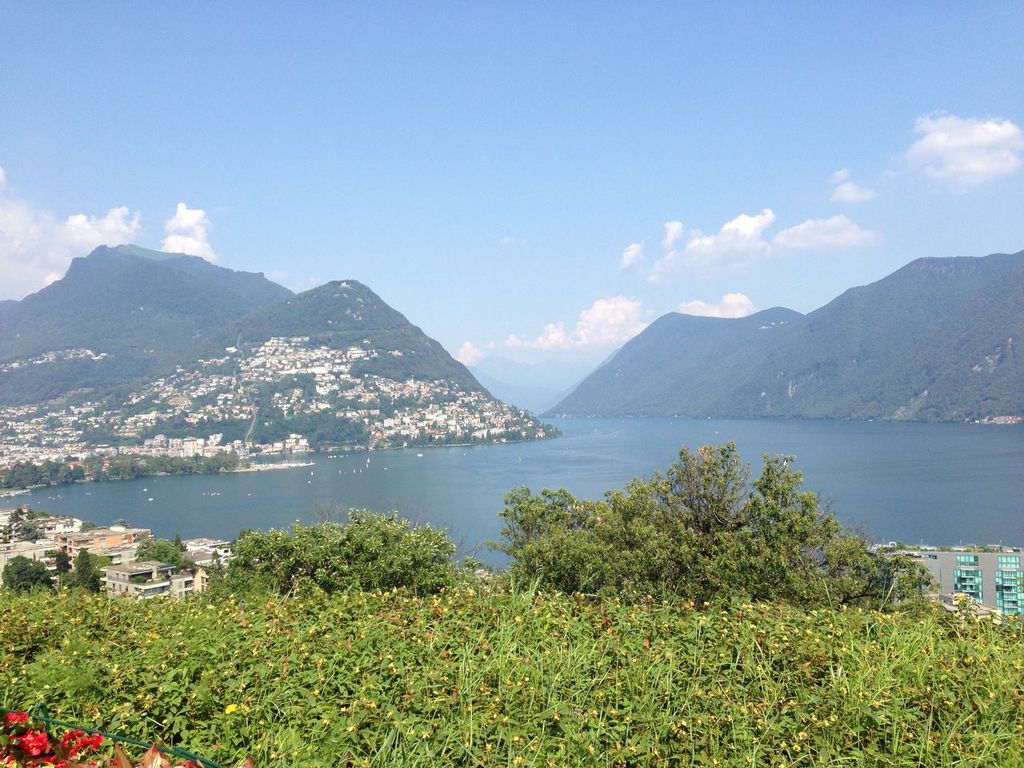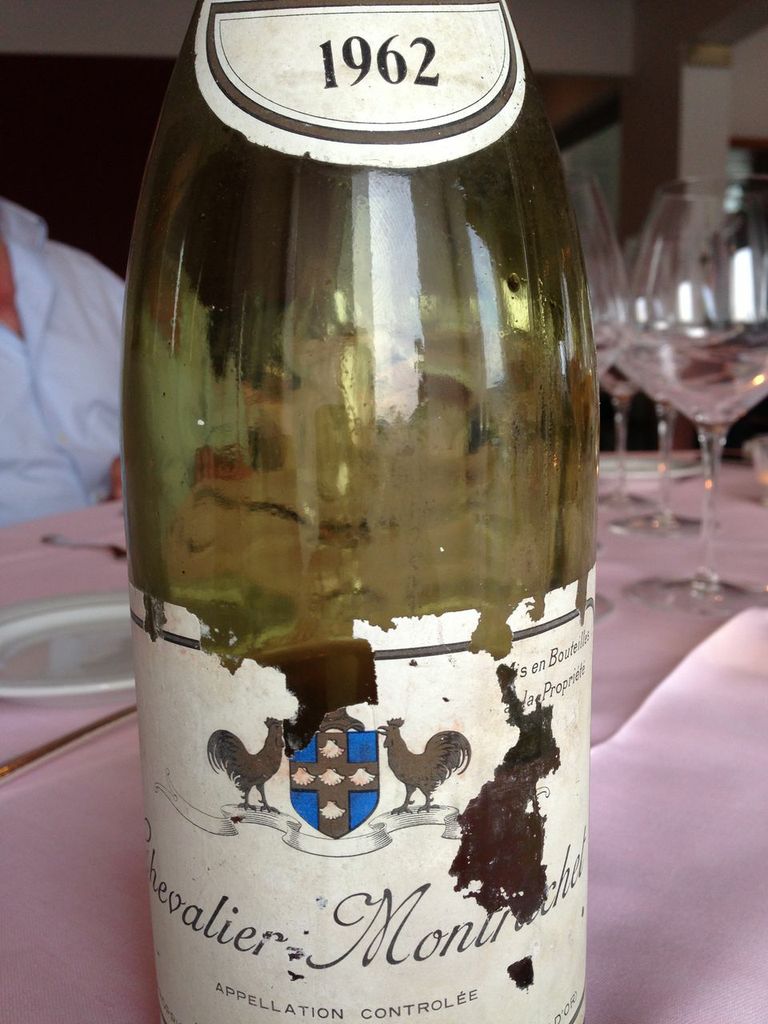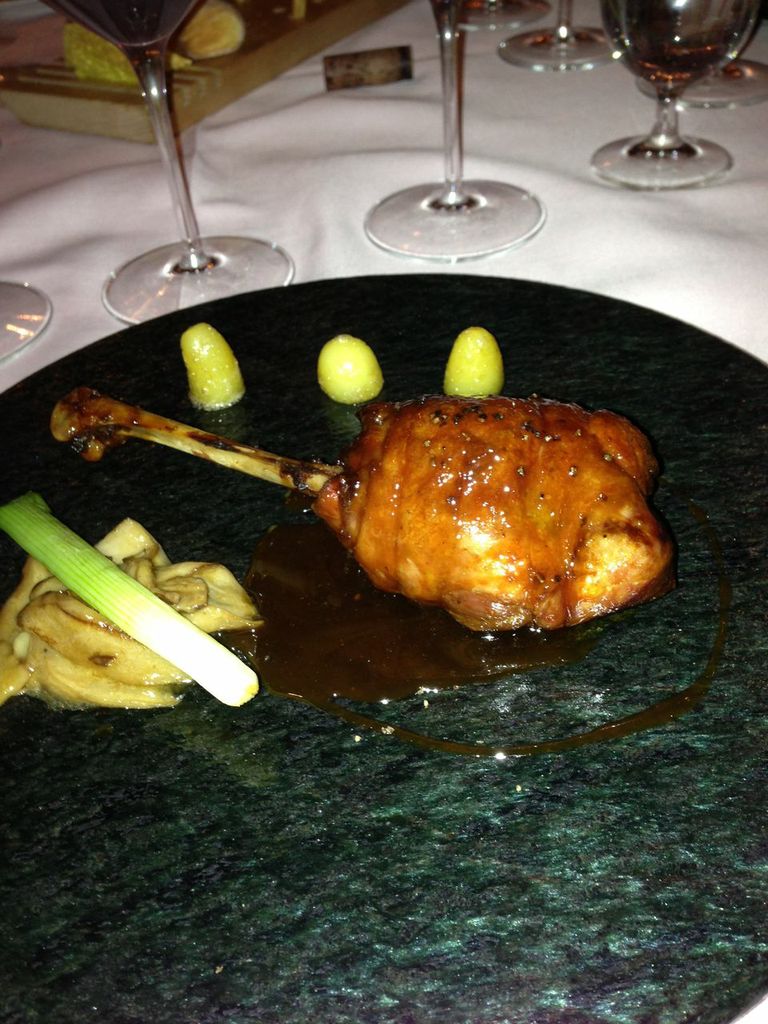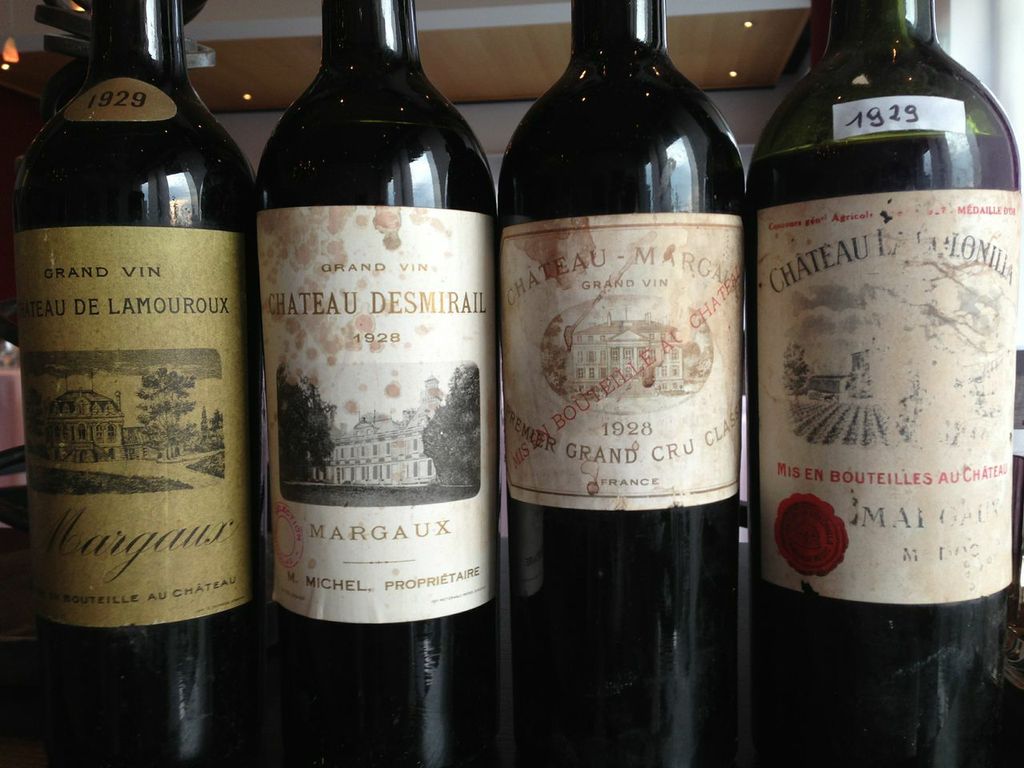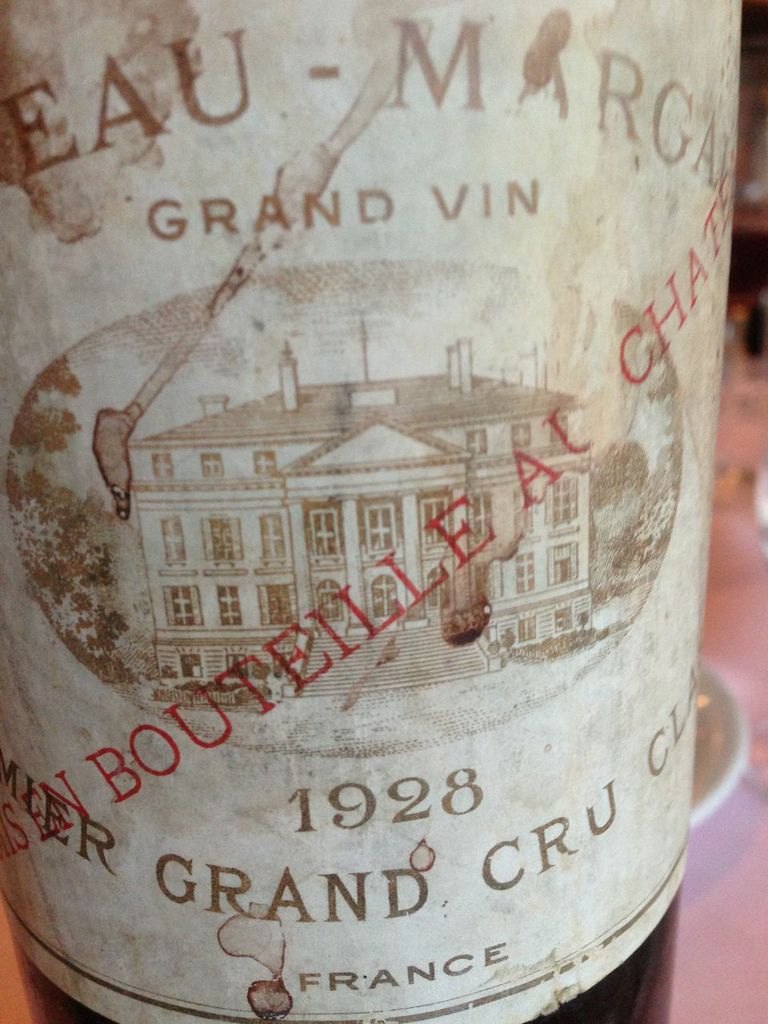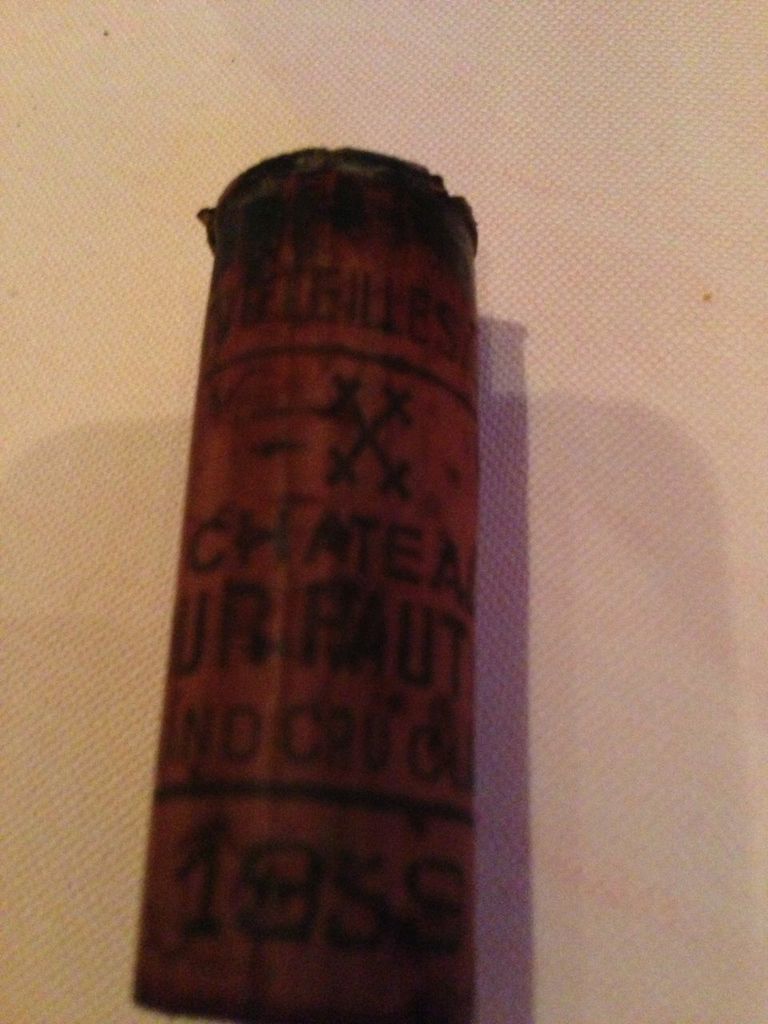Wine lovers, historians and long-time readers of Vintage Tastings know of Bipin Desai. When it comes to the great American collectors of all-time, he is without question near or at the top of the charts. Not many people can casually say how they have had ’61 Palmer over 100 times, for starters. But Bipin’s love of wine has gone far beyond personal enjoyment; he has conducted some of the greatest wine events the public has ever seen. When it comes to his closest of friends, there is the Royal Order of the Purple Palate.
The ROPP has been meeting monthly for longer than I have been selling wine, and that’s longer than you may think. Every month a different member hosts a meal at one of LA’s top restaurants and provides the wines as well. All wines are served blind according to a theme, or a clue. And so the games begin.

